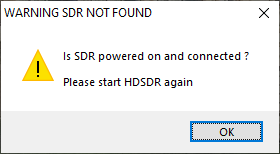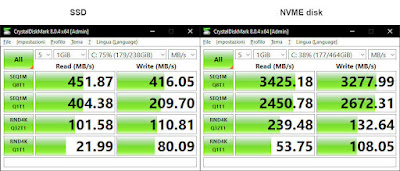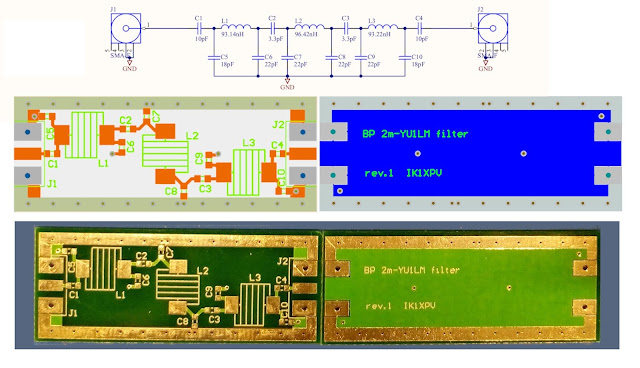WGN240 - Another Gaussian white noise generator for HF use

One common approach is to use the sum of multiple LFSR sources to generate a random variable with a Gaussian distribution. The central limit theorem states that the sum of a large number of independent and identically distributed random variables (such as the outputs of independent LFSRs) tends towards a Gaussian distribution. But what is the Central Limit Theorem? by 3Blue1Brown In this tentative design I used an Altera MAXII CPLD and an analog resistive adder. Note that the resistor ladder circuit will produce binary values that are discrete , so the resulting Gaussian noise will also be discrete rather than continuous. The central limit theorem states that the sum of a large number of independent and identically distributed random variables (such as the outputs of independent LFSRs) tends towards a Gaussian distribution. In practice, the number of LFSR sources required to achieve a good approximation of a Gaussian distribution depends on the size of the LFSRs and the de...





